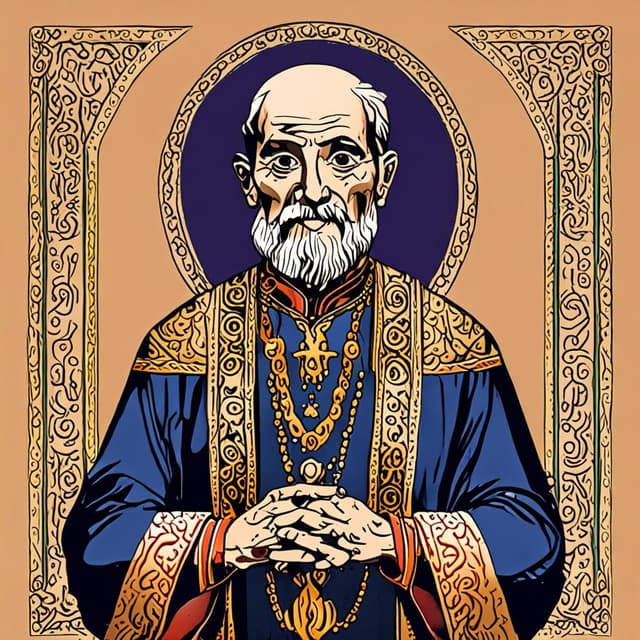
| Role | Spiritual guide, mentor, instructor |
| Focus | Community development, interfaith dialogue, spiritual growth |
| Origin | Various societies, cultures, and historical contexts |
| Methods | Personal connection • Gradual religious development |
| Centralized hierarchy | Non-existent or minimized |
| Influence on temporal affairs | Limited |
Religion has played a significant role in the lives of individuals and societies throughout history, serving as a source of spiritual guidance, moral values, and social cohesion. Religious authorities—those individuals who have been recognized or designated as being qualified to provide guidance or direction in matters of faith—have emerged in various forms across cultures and epochs. The following sections will explore the historical development, roles, examples, and implications of religious authorities in an alternate timeline.
In this alternate timeline, centralized and hierarchical models of religious organization such as those found in our history (e.g., Roman Catholic Church, Eastern Orthodox Church) generally arose later or never materialized at all. Instead, the emphasis was on decentralized and diverse religious experiences that prioritized individual spiritual growth and community-building practices.Shamanistic traditions and animistic beliefs rooted in connections to the natural world also played a significant role in the development of many early spiritual practices.
As formalized religions began to emerge, they typically developed more gradually and organically, with less focus on rigid doctrines and more on cultivating personal spirituality and wisdom. Religious authorities generally functioned as facilitators and mentors, rather than authoritative leaders or figures of absolute authority.
Religious authorities in this timeline were primarily concerned with promoting cooperation, mutual understanding, and harmony within their communities, as well as with fostering spiritual growth and ethical conduct among their followers. They did not attempt to assert their authority over temporal affairs or hold sway over politics, as clergy have often done in our timeline.
With a greater emphasis on personal development and spiritual wellbeing, religious authorities focused on encouraging self-reflection and introspection, and facilitating communication and dialogue between different faith groups. In many cases, they emphasized the similarities between religious traditions and the universal values of compassion, empathy, and interconnectedness.
Throughout this alternate timeline, examples of religious authorities are found in a variety of contexts and traditions. Some leaders maintained traditional roles such as spiritual guidance and wisdom-sharing, while others sought to push their traditions toward new frontiers of spiritual understanding.
A few examples include:
In contrast to our timeline, where religious conflict often erupted between groups holding widely divergent beliefs, societies in this alternate timeline tended to encourage and promote cross-cultural exchange and interfaith dialogue. As a result, religious authorities in different traditions were able to find common ground and establish intellectual and spiritual bonds.
As societies progressed and diversified, religious authorities also had to adapt and redefine their roles and functions accordingly. In addition to their traditional roles as spiritual guides and custodians of religious practices, they became increasingly involved in the formation and evolution of their communities' norms, mores, and ethical frameworks. As globalization spread, religious authorities also faced new challenges, such as maintaining connections to their spiritual heritage and tradition while being exposed to an increasingly complex and interconnected world.
Despite placing less emphasis on power, religious authorities in this alternate timeline still encountered tensions and challenges in reconciling their spiritual mandates with the ever-present urge to wield influence or control. In some cases, this led to conflicts and power struggles within faith groups, as well as accusations of corruption or the misuse of religious authority for personal gain.
Ultimately, religious authorities in this alternate timeline faced a continual balancing act between the joint imperatives of preserving their spiritual traditions and remaining relevant to the ever-changing demands, needs, and challenges of their societies.
As a whole, religious authorities in this alternate timeline played a significant role that diverged from the more rigid and controlling religious hierarchies that emerged in our own history. They functioned as facilitators of growth, wisdom, and spirituality, rather than stern enforcers of dogmatic systems and moral codes. This discrepancy had a profound impact on their societies and cultures' development—many of which valued community-building, cooperation, and personal spiritual growth over institutional power and dominance.